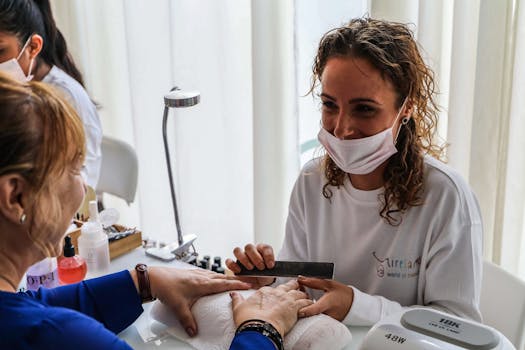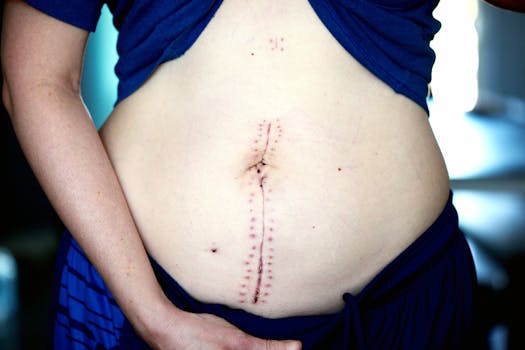Considering facial contouring and wondering about the jaw reduction surgery price as you weigh options is a common first step toward making an informed decision. Costs can vary widely depending on the technique, surgeon experience, geographic location, and whether the procedure is cosmetic or medically necessary. This guide breaks down typical expenses, the factors that influence price, financing options, and recovery considerations so you can plan realistically.
Average jaw reduction surgery costs: what to expect
The term “jaw reduction” can cover procedures from minimally invasive lipolysis to more extensive bone contouring (mandibular angle reduction). On average, patients report a broad range: minor soft-tissue or injectable approaches are far less expensive than osteotomy and bone shaving performed under general anesthesia. When asking about jaw plastic surgery cost, get a clear quote that itemizes surgeon fees, anesthesia, facility charges, and follow-up care.
Common components included in a cost estimate
- Surgeon’s professional fee — varies with experience and reputation
- Operating room or facility fees — hospital vs ambulatory surgery center
- Anesthesia fees — general anesthesia is pricier than local with sedation
- Pre- and post-operative appointments and imaging (X-rays/CT scans)
- Medications, dressings, and any prescribed physical therapy
What affects the final price
Several variables will push the cost up or down. Surgical complexity is a major factor: shaving the jaw angle (mandibular angle reduction) or performing orthognathic surgery to reposition the jawbone requires more operative time and greater expertise. Geographic location plays a role — major metropolitan areas and regions with higher living costs usually charge more. Revision procedures and additional therapies such as fat grafting or chin augmentation increase the bill. Insurance sometimes covers jaw surgery when it’s performed to correct functional issues (chewing, airway, TMJ dysfunction), but purely cosmetic contouring is typically out-of-pocket.
Types of procedures and relative costs
- Non-surgical contouring (e.g., Botox for masseter reduction, fillers) — lower cost, temporary results
- Minimally invasive liposuction or buccal fat adjustments — moderate cost
- Bony contouring or mandibular angle reduction — higher cost due to operating room and anesthesia
- Orthognathic surgery for functional and aesthetic correction — among the highest costs, often requiring hospitalization
Planning, financing, and realistic expectations
Obtain detailed quotes from board-certified oral and maxillofacial surgeons or plastic surgeons experienced with jaw contouring. Ask to see before-and-after photos of patients with similar anatomy and request a breakdown of what is and isn’t included. Many practices offer financing plans or medical credit; compare interest rates and total repayment amounts. If the procedure addresses functional problems, explore whether a portion may be covered by insurance.
For an authoritative overview of jaw and orthognathic procedures to better understand the medical aspects, see this overview of orthognathic and jaw surgeries.
Recovery and ongoing care
Recovery time varies by procedure: non-surgical options have minimal downtime, while bone procedures can require several weeks to months for swelling to subside and final contours to appear. Follow your surgeon’s guidance on diet, oral hygiene, and activity restrictions. Good postoperative skincare and scar management can improve outcomes; if you’re also updating your skincare routine during recovery, you might find helpful resources on the latest skincare technology and maintenance tips at transform your routine: the latest breakthroughs in skincare technology.
Quick summary
- Costs range widely depending on method and location.
- Bone-contouring surgeries are significantly more expensive than injectables or liposuction.
- Insurance may cover procedures done for medical reasons but not purely cosmetic work.
Frequently asked questions
Q: How do I get an accurate cost estimate?
A: Schedule consultations with two or three qualified surgeons, request itemized quotes, and ask about additional fees for anesthesia, facility, imaging, and follow-up care.
Q: Is jaw reduction permanent?
A: Surgical bone reduction provides permanent change; non-surgical options like Botox or fillers are temporary and require repeat treatments. Discuss long-term goals with your surgeon to choose the right approach.
Q: Can insurance help with jaw reduction procedures?
A: If the surgery corrects functional issues such as bite problems, breathing or TMJ dysfunction, insurance may cover part or all of the cost. Cosmetic-only procedures are usually not covered.






